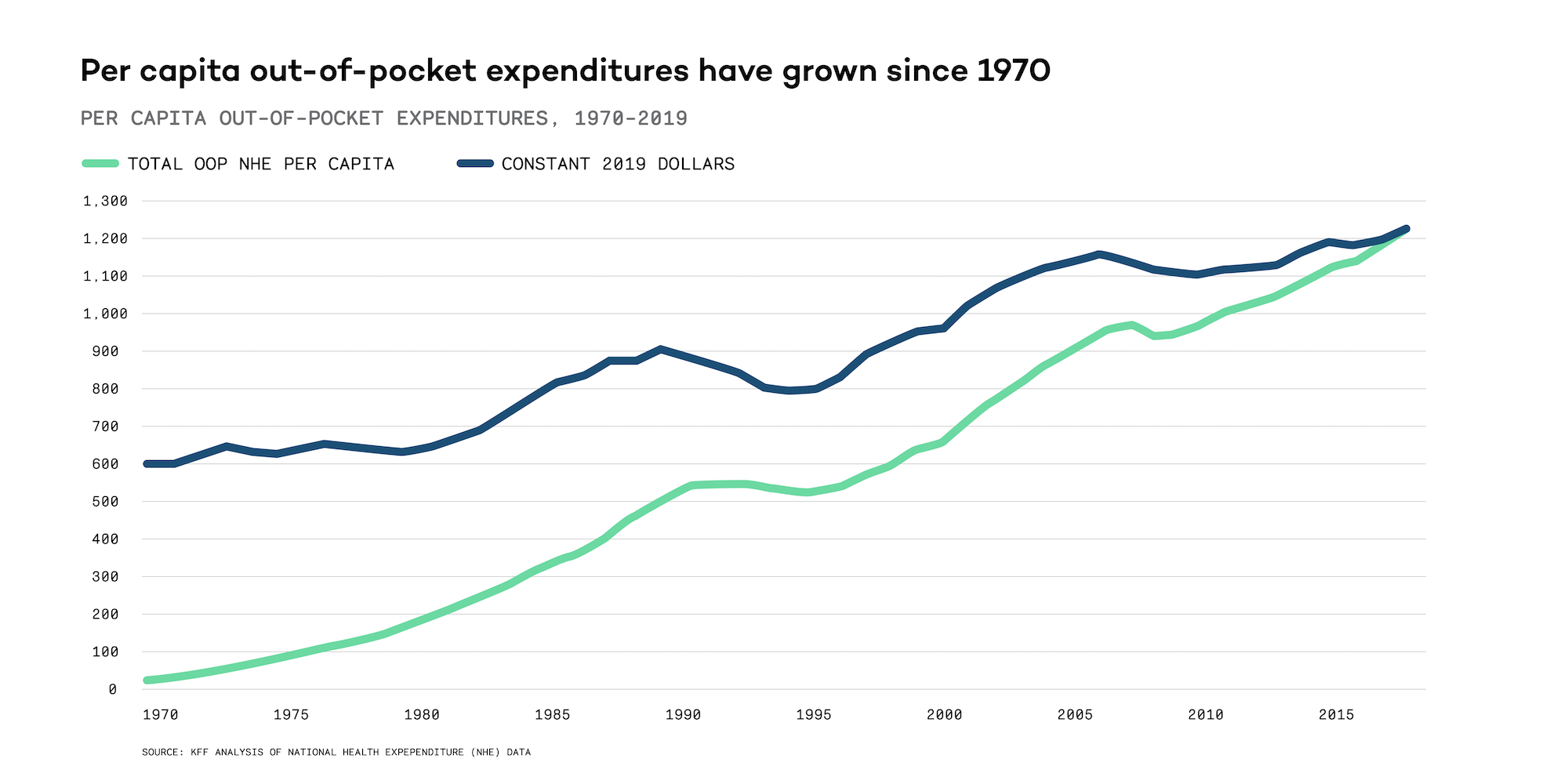Why Health Care is So Expensive in the U.S.
Health care in the United States is among the most expensive in the world. Despite being one of the wealthiest nations, Americans often pay more for medical services than people in other developed countries — and they don’t always get better outcomes. But what makes health care in the U.S. so costly? The answer lies in a combination of factors.
1. High Prices for Medical Services and Drugs
One of the main reasons for the high cost is that everything — from doctor visits to hospital stays to prescription drugs — tends to be more expensive in the U.S. than in other countries. For example:
-
A simple MRI scan can cost over $1,000 in the U.S., compared to a few hundred dollars elsewhere.
-
Prescription drugs are often several times more expensive due to a lack of price regulation and limited competition.
2. Administrative Costs
The U.S. health care system is highly complex, with a mix of public and private insurers. This leads to a large amount of paperwork, billing staff, and administrative overhead. In fact, administrative costs make up about 25% of total health care spending in the U.S., which is significantly higher than in other countries.
3. Fee-for-Service Model
Many providers in the U.S. operate under a “fee-for-service” model, which means they get paid for every test, procedure, or visit — regardless of whether it improves patient outcomes. This system can encourage overuse of services and drive up costs.
4. Lack of Universal Coverage
Because the U.S. does not have a universal health care system, many people rely on private insurance. Insurers, in turn, negotiate their own prices with hospitals and doctors. This leads to price variation and inefficiencies. Additionally, the uninsured often delay care, which can result in more expensive treatment later.
5. High Cost of Innovation and Technology
The U.S. is a leader in medical innovation and technology, but this progress comes at a price. New machines, treatments, and procedures are often expensive to develop and adopt. While these advancements can improve care, they also contribute to rising health care costs.
6. Defensive Medicine and Malpractice Costs
Doctors in the U.S. may order extra tests or procedures to protect themselves from potential lawsuits — a practice known as “defensive medicine.” Although it may offer legal protection, it adds unnecessary costs to the system.
Conclusion
The high cost of health care in the U.S. is the result of a combination of high prices, administrative complexity, lack of regulation, and systemic inefficiencies. Addressing these challenges will require major policy reforms and a willingness to rethink how health care is delivered and financed. Making health care more affordable is essential to ensuring that all Americans have access to the care they need.
